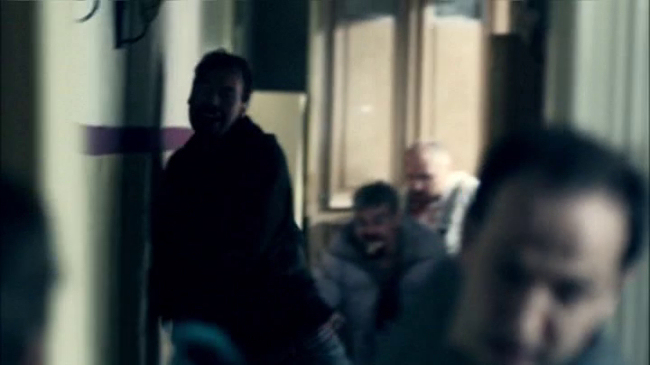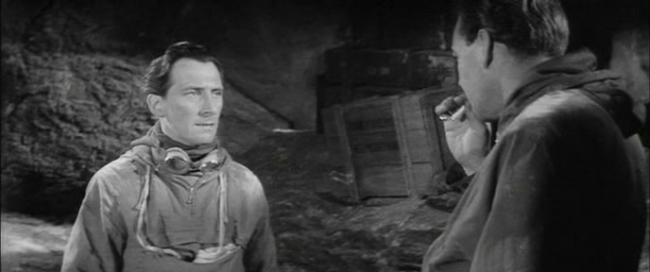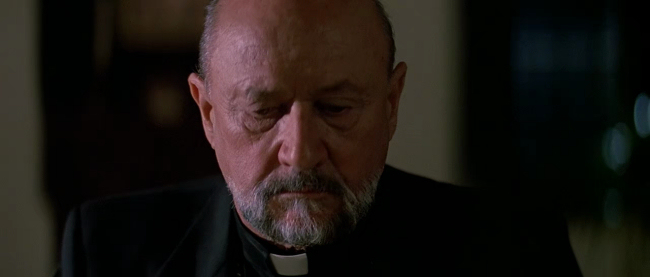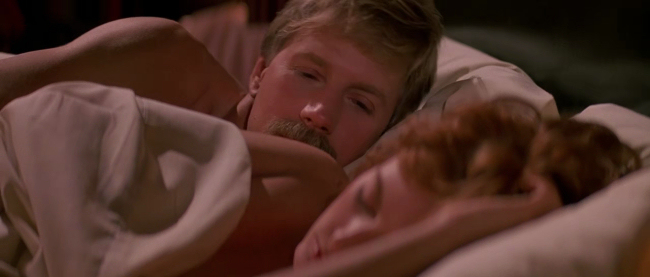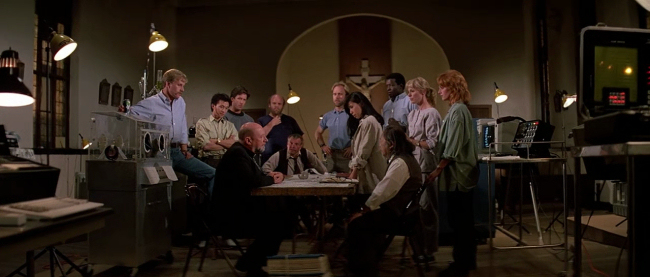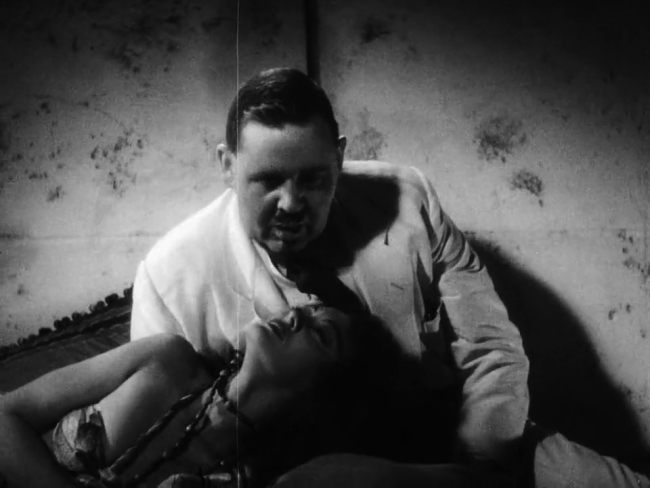
Before discussing 1988's Veerana, my final horror film of Halloween, I want to take a cue from the opening title cards and caution everyone reading that I will be discussing a work of fiction. The film deals with "evil powers, spirits, and witches . . . none of which have any place in our modern world." We are advised to "watch this film as entertainment only."
And it is entertaining, a rather schlocky but captivating string of songs, overdramatic lighting and music, cheesy action sequences, and very beautiful women.

When it's brought to the attention of the men of the Pratap family that a witch, Nakita (Kamal Roy), has been seducing and killing men in the woods, Sameer Pratap (Vijayendra Ghatge) decides to confront the sorceress. He tracks her down to her enormous haunted manor and when she offers him alcohol he asks for a bath instead. It is of course in the bath where the tables will be turned and he will be seducing her.
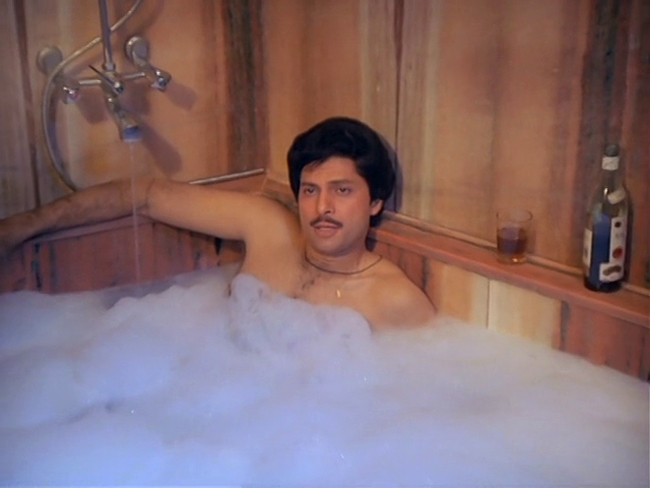
What can she do when she sees this but take off all her clothes and get in with him? Allowing him to take her bat medallion, the source of all her powers, killing her. But she has a powerful cult behind her that worships Mahakala and they plot a revenge. The leader, Baba (Rajesh Vivek), organises his group of weird stone headed guys and concocts a plan to kidnap Sameer's daughter and use her body as a vessel for Nakita's resurrection.

The girl grows up to be the beautiful Jasmin Pratap (Jasmin). The Mahakala cultists have cut a piece of her hair and keep it in a doll buried with Nakita in what turns out to be part of a series of oddly oblique references to the story of Samson and Delilah that really don't become clear until the hero, Hemant (Hemant), actually beats up a bunch of guys in the climax with the skull of an ass (minus the jaw).

But don't worry, this film isn't Christian, it's Hindu and it's the Om, not the cross, that drives back the evil.

Like most Bollywood movies, Veerana varies wildly in tone, including bits with a comic relief character named Hitchcock (Satish Shah) who styles himself after Alfred Hitchcock and wishes to be a horror film director. In one scene, he splits his pants while attempting to remove boulders from the road for the film's other beautiful female lead, Sahila Chadha as Sahila Pratap.

We also get to see Hitchcock in the bath in one scene and the hero, Hemant, takes a shower and is walked in on by Sahila. There's an inordinate amount of bathing in this movie. The best is the first of Jasmin's musical numbers which are all the best parts of the film, in my opinion.


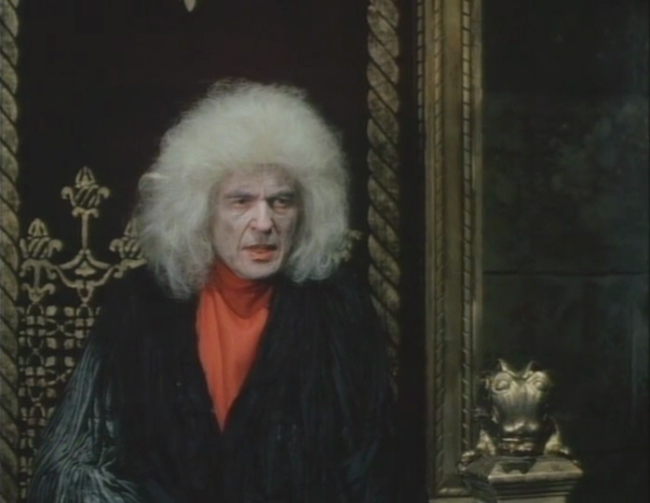 This pale guy with the big hair (Angus Scrimm) is king of the vampires in Romania where centuries ago vampires bit the necks off a whole army of Turks threatening the people. Now, whatever the three young women might believe of what the old gypsy woman tells them, the vampires are allowed to live in the ruins of a nearby castle. They haven't attacked a human in centuries because of a stone they stole from the Vatican that continually produces blood.
This pale guy with the big hair (Angus Scrimm) is king of the vampires in Romania where centuries ago vampires bit the necks off a whole army of Turks threatening the people. Now, whatever the three young women might believe of what the old gypsy woman tells them, the vampires are allowed to live in the ruins of a nearby castle. They haven't attacked a human in centuries because of a stone they stole from the Vatican that continually produces blood.




